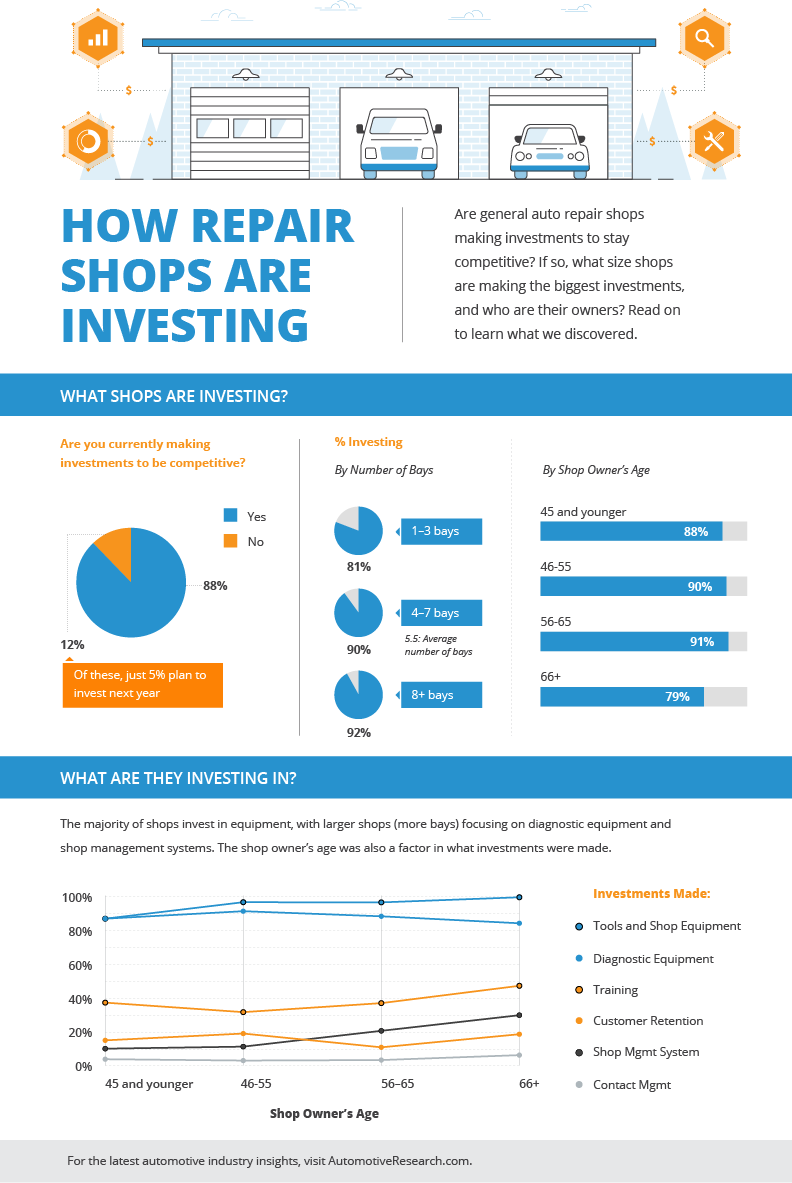Deciphering Your Lorry'S Caution Indicators: What They Genuinely Indicate
Deciphering Your Lorry'S Caution Indicators: What They Genuinely Indicate
Blog Article
Writer-Lauritsen Forbes
When you're behind the wheel, those radiant caution lights on your control panel can be a little bit bewildering. Do you know what they're attempting to inform you about your cars and truck's health and wellness? Comprehending simply click the following post of these lights is essential for your safety and security and the durability of your car. So, the following time one of those lights pops up, would not you wish to decode its message properly and take the essential actions to address it?
Common Caution Lighting and Interpretations
Determine typical warning lights in your vehicle and comprehend their significances to ensure secure driving.
The most regular warning lights include the check engine light, which signifies problems with the engine or emissions system. If this light comes on, it's vital to have your automobile checked immediately.
The oil stress cautioning light indicates low oil pressure, needing prompt interest to prevent engine damage.
A blinking battery light could suggest a damaged billing system, possibly leaving you stranded otherwise attended to.
The tire stress tracking system (TPMS) light notifies you to reduced tire pressure, impacting car stability and gas performance. Overlooking this can cause hazardous driving conditions.
The ABS light indicates an issue with the anti-lock stopping system, compromising your capability to quit rapidly in emergency situations.
Last but not least, the coolant temperature level advising light warns of engine getting too hot, which can cause extreme damage otherwise dealt with quickly.
Understanding these common warning lights will assist you deal with concerns immediately and maintain risk-free driving conditions.
Value of Prompt Attention
Comprehending the common warning lights in your cars and truck is just the first step; the importance of promptly addressing these warnings can't be emphasized sufficient to guarantee your safety when driving.
When a warning light brightens on your control panel, it's your cars and truck's way of communicating a potential concern that needs attention. Ignoring these cautions can cause a lot more severe issues down the road, compromising your security and possibly costing you extra in repairs.
Trigger interest to alerting lights can stop break downs and accidents. For https://brakecheck28406.dgbloggers.com/32511668/mobile-auto-explaining-enhancing-your-car-s-look-on-the-move , a blinking check engine light can indicate a misfire that, if left ignored, can trigger damage to the catalytic converter. Resolving this quickly can conserve you from an expensive repair service.
In a similar way, a brake system alerting light might signify reduced brake fluid or used brake pads, vital components for your safety and security when driving.
Do It Yourself Troubleshooting Tips
If you observe a caution light on your control panel, there are a couple of DIY fixing pointers you can attempt before looking for specialist assistance.
The very first step is to consult your automobile's handbook to understand what the particular warning light suggests. Occasionally the problem can be as straightforward as a loose gas cap triggering the check engine light. Tightening the gas cap might solve the trouble.
One more usual problem is a reduced battery, which can cause various advising lights. Examining the battery connections for rust and guaranteeing they're safe might repair the issue.
If a warning light lingers, you can try resetting it by disconnecting the car's battery for a couple of mins and after that reconnecting it. Furthermore, checking your car's liquid levels, such as oil, coolant, and brake fluid, can assist troubleshoot warning lights connected to these systems.
Final thought
In conclusion, understanding your vehicle's caution lights is essential for keeping your car running smoothly and securely. By without delay dealing with these alerts and understanding what they indicate, you can stay clear of expensive repairs and potential break downs.
Keep in mind to consult your auto's guidebook for certain details on each advising light and act accordingly to make sure a trouble-free driving experience.
Stay informed, remain safe on the road!
